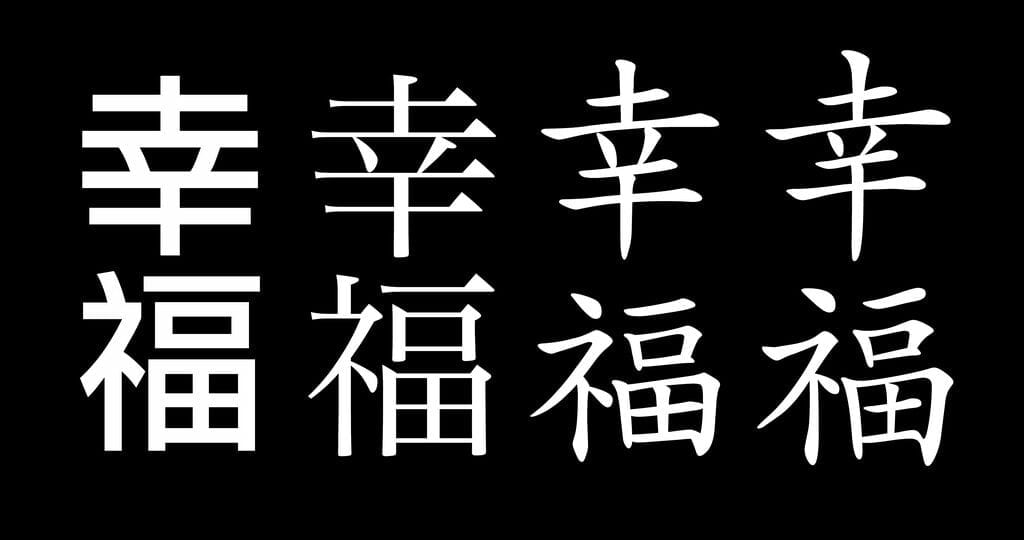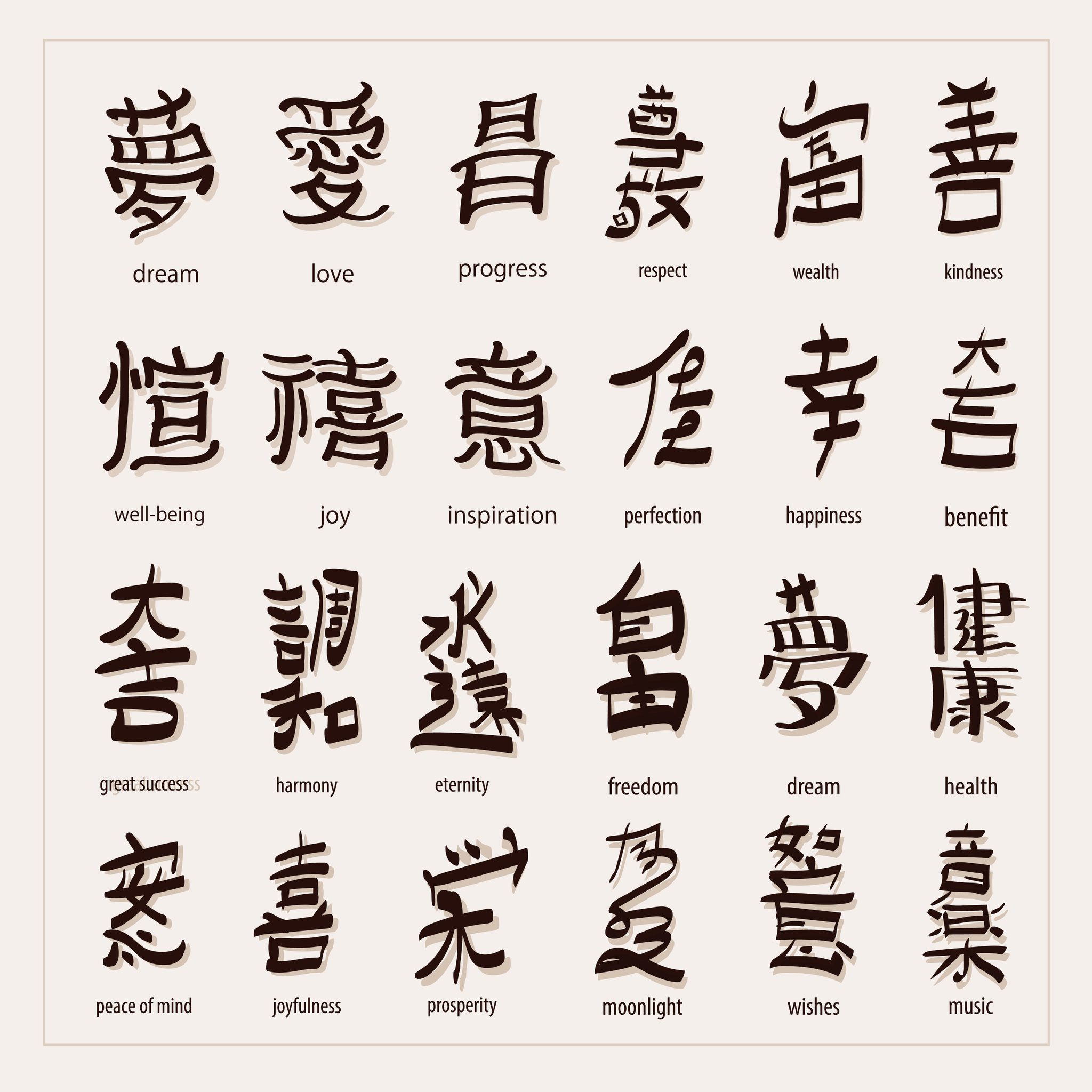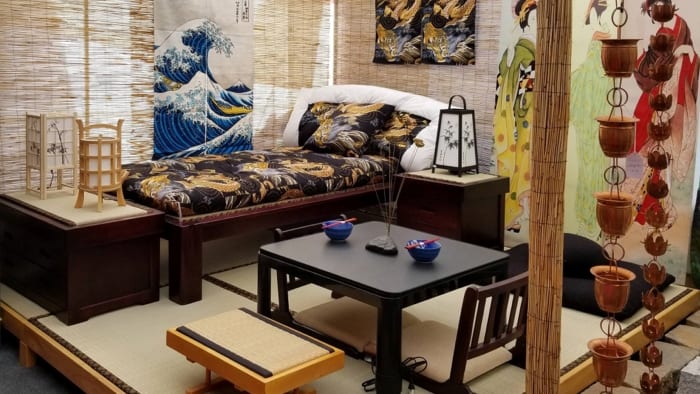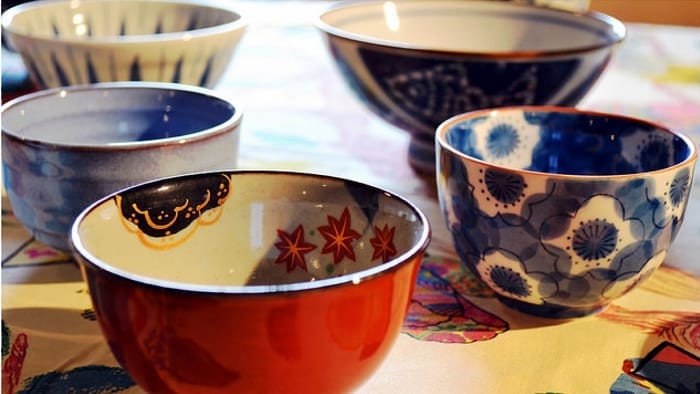Japanese calligraphy dates back to the origins of Chinese civilization and the creation of the Chinese writing system. Importing the Chinese writing system into Japan started the history of Japanese writing.
When problems with linguistics and grammar arose from using kanji, creating a writing system that fit the Japanese language became necessary. It led to the creation of a unique writing style, Kana.

Japanese Calligraphy Tools
Japanese writers use a variety of tools in creating their works of art. These are the specialized tools you need to learn Japanese writing.
- Fude – one of the four treasures of writing, a fude is the writer’s most important tool. The subtle manipulation of the fude or the brush is what distinguishes a master from a beginner. The two types of brush used by Japanese writers are the hosofude (slender) and the futofude (think).
- Sumi – Considered as another one of the four treasures of writing, sumi is the ink used in Japanese writing. What sets this ink apart from the others is, it is made from charcoal.
- Suzuri – Another member of the four treasures is the suzuri inkstone. It is where the calligrapher rubs the sumi ink block to create the ink used in writing.
- Shitajaki – The literal meaning of the term is “spread underneath.” It is a soft mat placed under the paper to protect the writing surface from getting soaked with ink. Shitajaki also provides a soft surface for writing. Japanese writing beginners use a shitajaki with grid patterns to help them create well-proportioned characters.
- Hanshi – The last of the four treasures, hanshi is a special paper. Washi, an indigenous Japanese paper popular for its quality and durability.
- Bunchin – This is used to hold down the paper down. The bunchin is usually made of metal.
Basic writing styles
Japanese writing has three basic writing styles. Correct penmanship is the first form that students study. It is the style that each stroke is made clearly. Gyousho, or traveling writing, is Japanese writing in a semi-cursive style. This type of writing style is usually used when taking down notes. The third basic writing style in Japanese writing is the Sousho or grass writing. This refers to the flowing cursive style of writing. In sousho, the form is more regarded than readability, resulting in swooping shapes. Japanese writing is an exquisite art form – please email us with any questions you may have!



